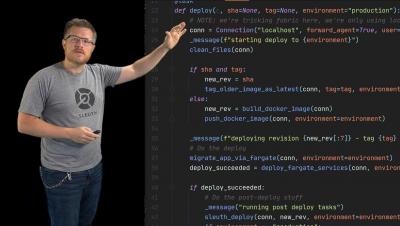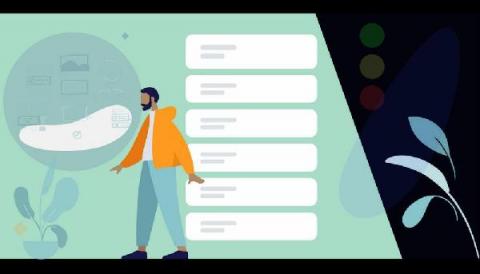Operations | Monitoring | ITSM | DevOps | Cloud
Sleuth
3 + 9 Quick Video Meeting Tips We Use Every Day
Here at Sleuth, we live in Zoom, and have accumulated a list of tips to make video meetings better. I'm going to talk about three quick tips to go from a muddled dungeon dweller to a clear, engaging talking head, all without spending a dime. If you want even more, the above video shows you 9 more tips, including one advanced (but still completely free) tip to turn a video call into a real-time broadcast experience.
12 quick video meeting tips to try right now
How to get started with Sleuth and GitLab
Track, Debug, and Fix Errors with Sleuth and Sentry
Track, Debug, and Fix Errors with Sleuth and Sentry
Developer teams shipping software frequently are in a constant state of change. Understanding the state of their code at a given point of time is sometimes clear as mud. The Sentry | Sleuth integration is focused on helping developers automate the annoyances of deploying software, tracking the health of a release, and providing clarity on how to resolve critical code issues.
Set Up Your Deployment Pipeline Like a Rockstar!
Nowadays, software development teams utilize continuous delivery or some variation, to create better, faster, more accurate software releases. Continuous delivery is a DevOps practice that empowers software teams to continuously ship code directly to an environment once automated tests pass. Continuous delivery is facilitated through the deployment pipeline. You can read more about it in a previous post.
How to publish Sentry releases automatically with Sleuth
How to tag deployments with Sleuth
Automatically (or manually) tag your Sleuth deployments
All deployments are not created equal, but you'd never know it from your Slack channel notifications. In reality, some deployments you really care about, as they contain things like API changes or database migrations, and you want that information to surface. We created tags in Sleuth for this very reason. Out of the box, Sleuth matches files in your deployment with known patterns, and if any are found, tags your deployments automatically.











